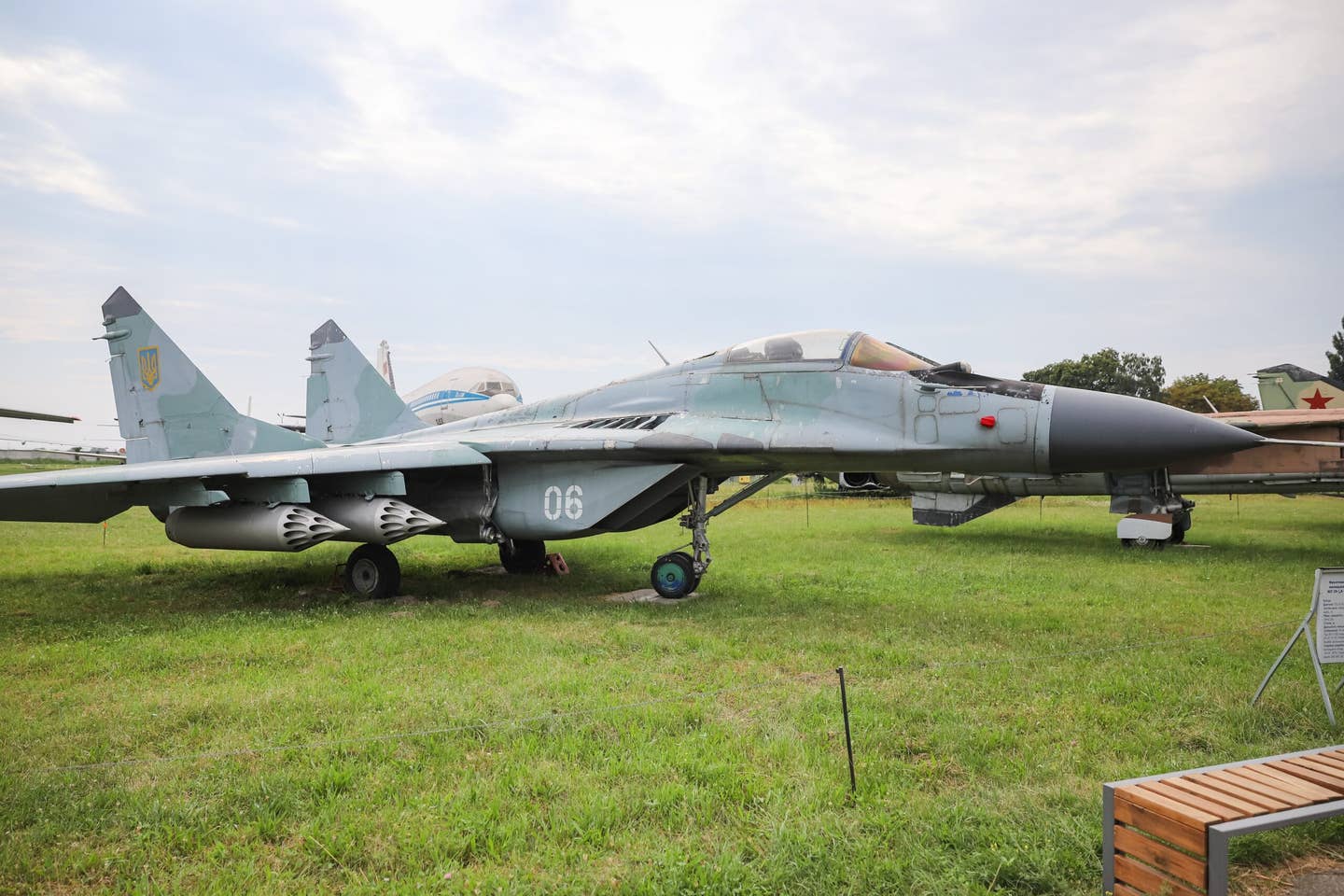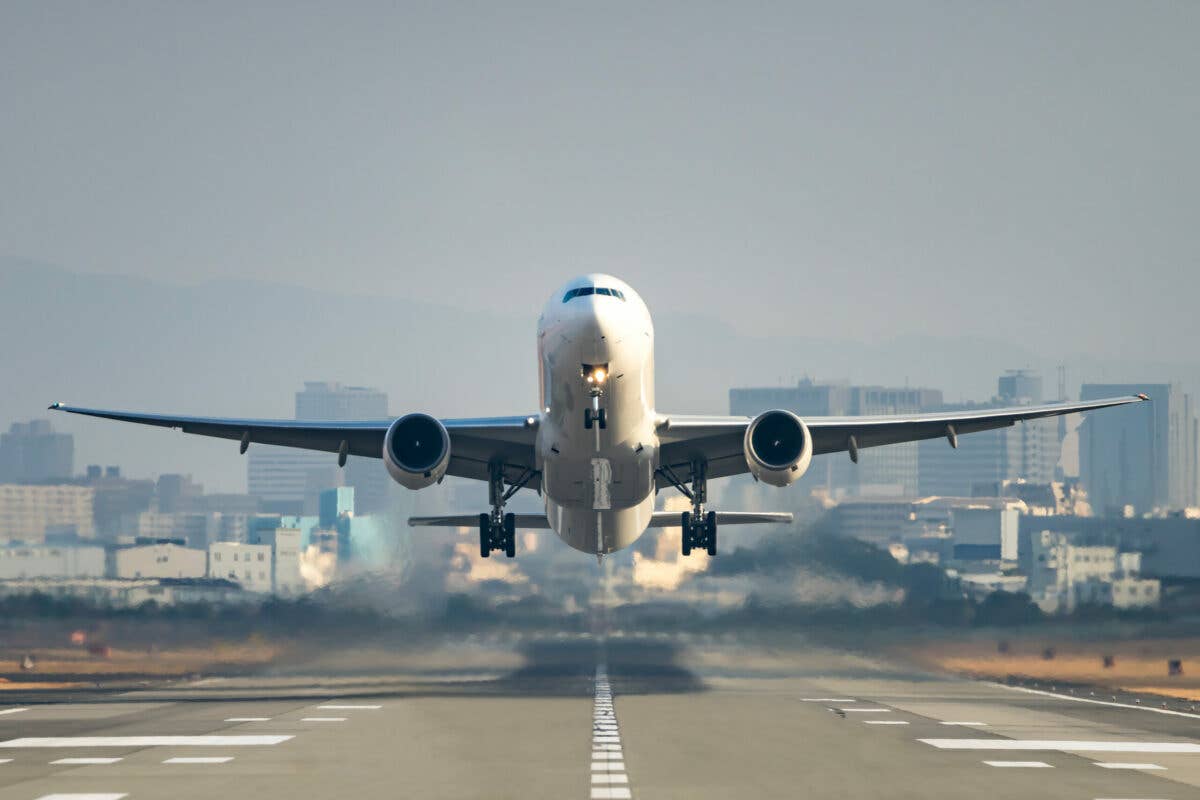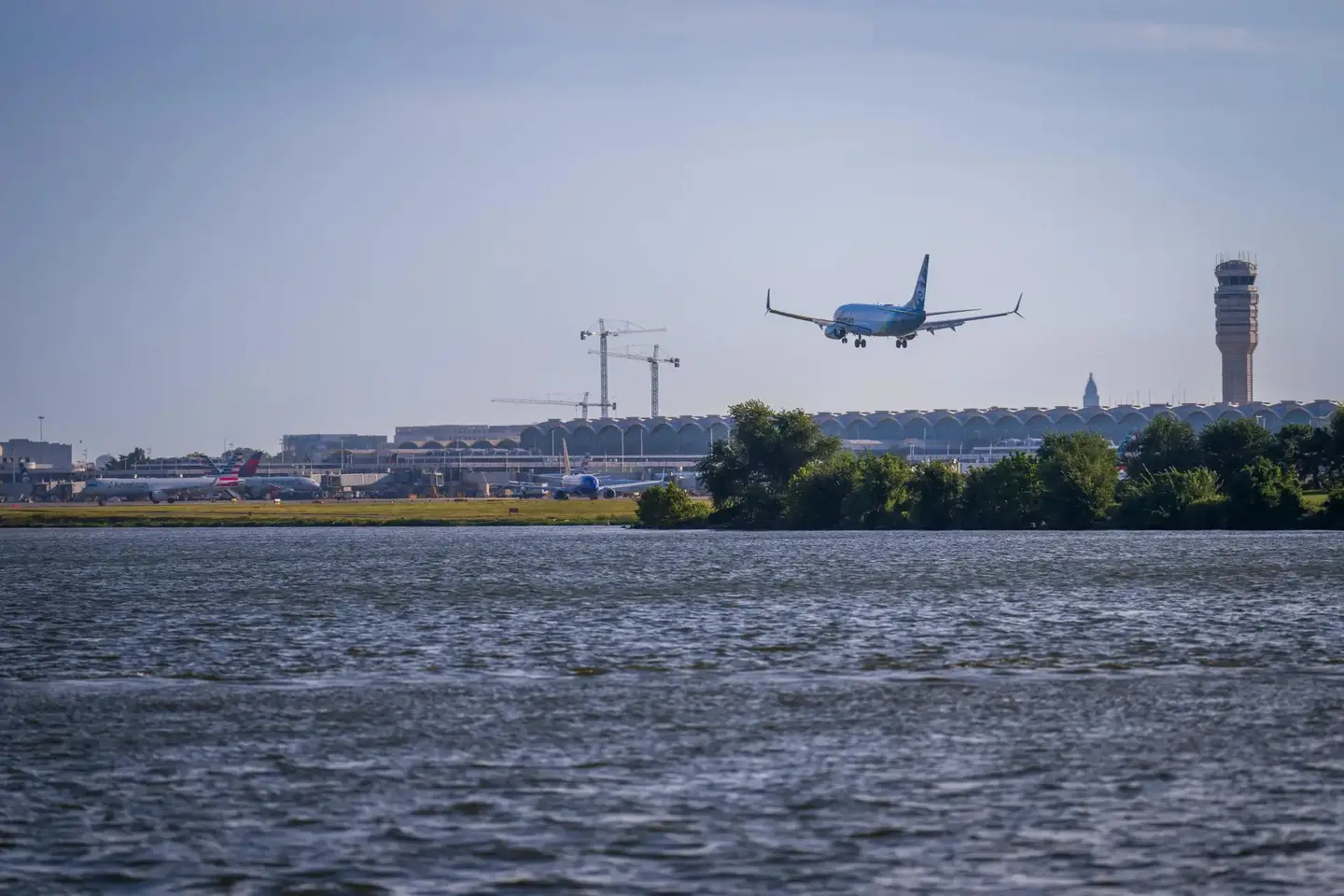Invasion Reveals Gaps In Ukraine’s Air Defense Strategy
Despite a plan seeking to modernize its combat air fleet, Ukraine has been forced to meet Russia’s invasion with Cold War hand-me-downs.

A Ukrainian Air Force Mikoyan-Gurevich MiG-29 Fulcrum displayed at Oleg Antonov State Aviation Museum. [File Photo: Shutterstock]
As Russia's assault against Ukraine pounded on for yet another day, ground-level resistance to the invasion continued.
An uncomfortable truth, however, has become apparent in the skies above the rubble.
"The fact that you're seeing Russian helicopters flying at-will, extremely low-level, clustered in groups, with hardly any pushback…that would not be done anywhere where there's a competent air defense system in play," Doug Birkey, executive director of the Mitchell Institute for Aerospace Studies, told FLYING Friday.
"You've got an 800-pound gorilla, against a far more marginal force."
Doug Birkey, executive director of the Mitchell Institute for Aerospace Studies
Ukraine's modest air combat defense—revealed in real-time via news reports—offers a cautionary tale about the quest for modernization and the gaps in capability that can emerge along the way, according to some observers.
Despite being outmatched, Ukraine's military forces have succeeded in slowing Russian forces, according to U.S. defense officials.
"What we've seen over the last 24 hours, we do assess that there is greater resistance by the Ukrainians than the Russians expected," a senior defense official at the Pentagon said Friday, according to the Department of Defense. "We also assess over the last 24 hours that in general…the Russians have lost a little bit of their momentum," he said. "They are not advancing as far or as fast as we believe they expected they would do. A good indicator of that is no population centers have been taken."
As of Friday afternoon, Russian forces had not yet achieved air superiority over Ukraine, the official said, stating that Ukrainian combat aircraft continued to engage and deny airspace to Russian fighters.
By the day's end, some elements of Ukraine's scant inventory of aircraft no longer remained in the country. Friday, at least 10 Ukrainian military aircraft were repositioned to a NATO base in Poland, Aviation Week reported citing aircraft tracking websites.
"Four Ukrainian Air Force Ilyushin Il-76D transports flew west from their bases before dawn and landed at the Polish Air Force’s Deblin training base, which is southeast of Warsaw, the tracking websites show," the report said. "Several hours later, six more Ukrainian military aircraft — two An-32s, two An-26s and a pair of Mi-8MSBs — dashed to another Polish Air Force training center in Bydgoszcz in northwest Poland."
While modest, air defenses continue, one Russia expert noted Friday on Twitter.
"It looked as though Russian forces were expecting a quicker UKR military collapse and easier gains," wrote Michael Kofman, director of Russia Studies at CNA, a nonprofit research and analysis organization located in Arlington, Virginia.
"Early campaign to knock out Ukrainian air defenses and air force had mixed results, Russian aerospace forces aren't particularly practiced at [Suppression of enemy air defenses] SEAD or [Destruction of Enemy Air Defenses] DEAD. Most of the strikes in the opening phase were via cruise missiles. UKR air force still has some aircraft up," Kofman said Friday.
Combat Aircraft Inventory
The Ukrainian Air Force was created in 1992 out of aircraft that were left behind when the Soviet Union dissolved in 1991 and pulled out of Poltava Air Base (UKHL) in central Ukraine.
Ukraine has sought to upgrade its aging Soviet-era military equipment, and in recent years increased defense spending. Military expenditures ramped up from 2.8 percent of its GDP in 2017 to 4.1 percent in 2020, according to The World Bank data.
Some very early impressions of the last two days. It's an operation with maximalist war aims, and Moscow's thinking on this war seems to have been colored by war optimism. It looked as though Russian forces were expecting a quicker UKR military collapse and easier gains. 1/
— Michael Kofman (@KofmanMichael) February 25, 2022
In December, Ukrainian armed forces took delivery of new patrol boats, armored vehicles, and aircraft. Among the new gear were two Sukhoi Su-27 twin-engine fighters, two Aero L-39 jet trainers, an Antonov An-26 transport aircraft, and a Mil Mi-8 medium-lift twin-turbine helicopter, Janes, a global source for military intelligence, reported at the time. Ukraine also had on order 13 Antonov AN-178s short-range medium-airlift transport planes that were to go into service by 2022.
Much like the rest of its military, Ukraine's combat aircraft harken to a time gone by.
"Ukraine inherited a sprawling defense industry from the Soviet Union, producing a wide range of products, including tanks and armored vehicles, aircraft, radars and electronics, missiles, and ships," the Congressional Research Service said in a January 26 report to members of the U.S. Congress.
What aircraft inventory Ukraine's Air Force had in hand was further degraded during Russia's 2014 invasion of Crimea.
"Russia captured or shot down multiple fighters, fighter-bombers, helicopters, and transport aircraft during the conflict," the CRS report said. "These losses weakened the air force, which previously had suffered from years of neglect and underfunding. Most of Ukraine’s planes and air defense systems are over 30 years old."
The most recent Ukraine combat aviation fleet inventory, according to International Institute for Strategic Studies, consists of:
- 36 – MiG-29 Fulcrum twin-engine jet fighter
- 34 – Su-27 Flanker B twin-engine fighter
- 14 – Su-24 Fencer all-weather attack aircraft
- 31 – Su-25 Frogfoot A (subsonic, single-seat jet)
- 35 – Mi-24 Hind attack helicopters
NATO Platforms
Much of Ukraine's defense investments in recent years have been spent on its army, which had been chronically underfunded and under trained, Niklas Masuhr, a military strategy analyst at the Center for Security Studies in Zurich, Switzerland, told FLYING.
In 2020, Ukraine embarked on a $12 billion modernization program aimed at aligning with NATO standards and equipment and sought to replace its Soviet-made, 4th-generation fighters with NATO platforms, such as the F-15EX. The acquisition plan also included the purchase of trainer jets, transport aircraft, unmanned aerial vehicles, and air defense systems.
The ambitious plan focused on long term goals, perhaps at the expense of needs that were closer in.
"[T]his may have been driven more by desire to align with NATO than military utility as such a shift from legacy Soviet to wholly new platforms would have been inefficient and prone to create dangerous capability gaps," Masuhr said.
Cold War Hand-me-downs
At the onset of this week's Russian invasion, the Ukrainian military had about 225 aircraft comprising a marginal air self-defense, "all predominantly Cold War hand-me-downs," Birkey said.
"They have not been modernized to a level that would really plug them in [in] any modern sense," he said, adding, there's no command and control network, readiness has been a problem.
"You've got an 800-pound gorilla, against a far more marginal force. And this is what happens when too much risk is taken and when prudent planning isn't executed over the long haul," Birkey said.
The invasion also illustrates how aircraft as individual combat assets are no longer powerful in the way that they used to be in decades past, he added.
"It's all about being part of an air combat system," that includes sensors, command and control, and the ability to team between aircraft, Birkey said. "Unless you can do that in the modern age, in the information age, you really have an air force that is an industrial-age relic, it will not be effective or survivable."

Sign-up for newsletters & special offers!
Get the latest FLYING stories & special offers delivered directly to your inbox






